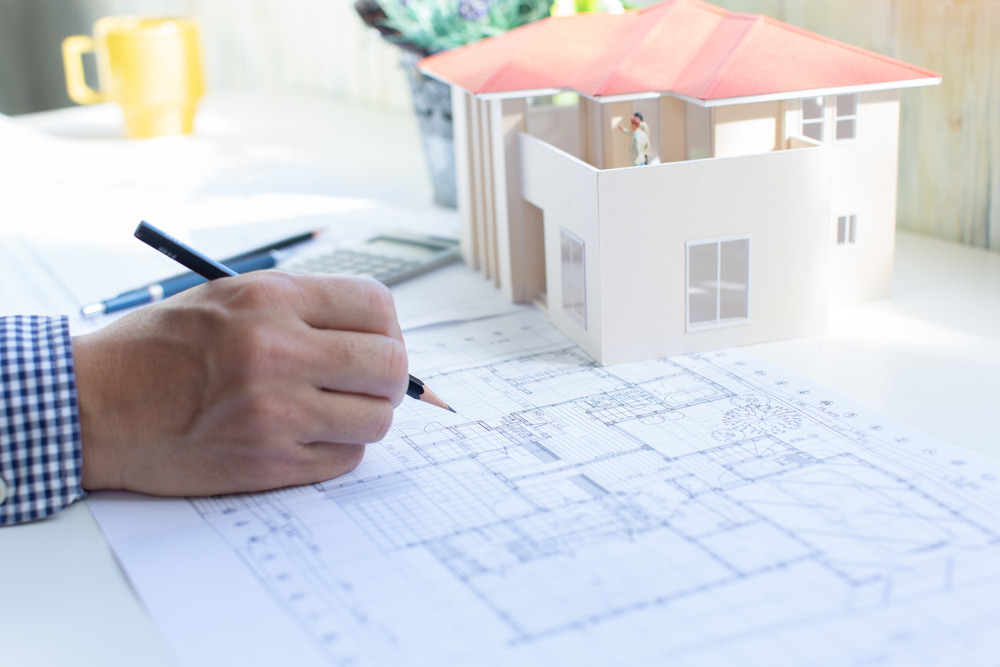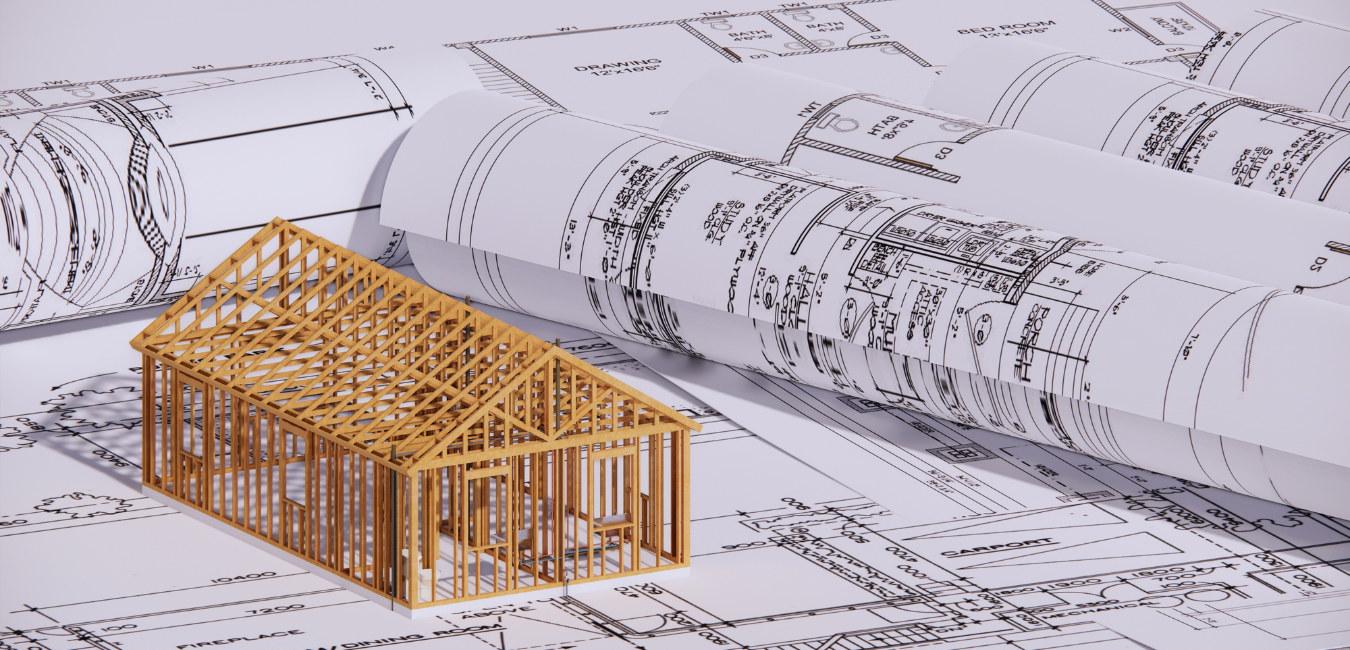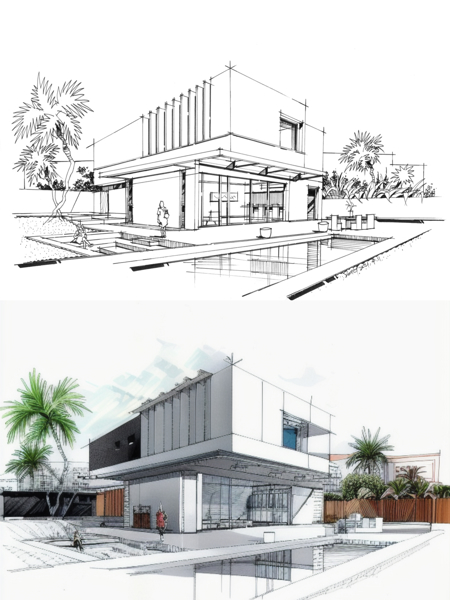How CDA Architects Supply Cutting-Edge Solutions for Sustainable Architecture
A Comprehensive Overview of Architectural Designs and Their Impact on Modern City Preparation and Development
Building styles have actually long offered as a mirror to the societal values and technological innovations of their time, playing an essential role in forming contemporary city planning and growth. From the grandeur of Neoclassicism to the utilitarian method of Brutalism, each design has actually introduced unique principles that influence city aesthetics and capability.
Historical Introduction of Architectural Styles

As societies transitioned via the Center Ages, Gothic design arised, defined by its verticality and elaborate detailing, matching the spiritual aspirations of the age. The Renaissance marked a rebirth of classic ideals, merging art and architecture in ingenious manner ins which affected subsequent styles throughout Europe.

Today, building designs continue to advance, driven by globalization and sustainability concerns, showing a dynamic interaction between heritage and technology. This historic review highlights the significance of design as a mirror of societal evolution and as a driver for metropolitan advancement.
Key Architectural Styles Explained
The variety of building designs shows the myriad influences that form our developed atmosphere, each symbolizing distinctive features and cultural values. Key architectural styles consist of Classic, Gothic, Baroque, Modernism, and Postmodernism, each representing one-of-a-kind historic contexts and aesthetic philosophies.
Classical design, rooted in old Greece and Rome, stresses symmetry, percentage, and making use of columns (cda architects). On the other hand, Gothic architecture, thriving in the Middle Ages, is defined by pointed arches, ribbed vaults, and flying buttresses, creating a heavenly quality in cathedrals. Baroque style, arising in the 17th century, is marked by magnificence, sophisticated embellishment, and a dynamic interplay of light and darkness
Modernism, which got momentum in the very early 20th century, focuses on function over form, using new materials like steel and glass to develop minimal structures. Postmodernism, responding against the austerity of Modernism, embraces eclecticism and historic reference, often integrating spirited aspects and irony.

Influence on Urban Planning
In forming the growth of cities, building designs substantially influence metropolitan preparation decisions. The selection of architectural style often dictates the aesthetics, capability, and overall character of metropolitan environments.
In addition, building styles can impact zoning laws and land use plans. Urban coordinators must consider the prevailing architectural trends when developing areas, ensuring that brand-new developments integrate with existing structures. This factor to consider cultivates natural metropolitan landscapes and enhances area identity.
The application of details building styles can additionally influence socioeconomic aspects within a city. As an example, premium modern designs may attract wealthy residents and organizations, resulting in gentrification, while much more inexpensive housing options could prioritize practical and sustainable styles to suit diverse populations. Inevitably, the interplay between architectural styles and metropolitan planning creates dynamic cities that reflect both historical context and contemporary requirements, shaping the lived experiences of their citizens
Sustainability and Modern Style
Building styles play an essential function in dealing Discover More Here with modern obstacles, particularly in the realm of sustainability. As metropolitan locations increase and environmental problems heighten, contemporary style increasingly welcomes lasting style concepts that prioritize energy effectiveness, resource preservation, and minimal ecological effect.
Contemporary building activities, such as biophilic design and environment-friendly design, advocate for frameworks that balance with their surroundings, making use of natural products and promoting biodiversity. These styles typically include renewable resource resources, such as solar panels and wind generators, to reduce reliance on fossil fuels and reduced carbon footprints.
Moreover, the integration of advanced innovations, such as clever building systems, boosts energy her latest blog administration, maximizing source use while guaranteeing passenger comfort. Innovative water administration methods, including rainwater harvesting and greywater recycling, additional contribute to lasting urban settings.
Significantly, sustainability extends past ecological worries; it encompasses social and economic measurements. By fostering neighborhood health and promoting inclusivity, modern architectural styles align with lasting development objectives. Subsequently, the development of architectural practices remains to form resistant cities that not only meet the requirements of the present yet additionally safeguard the future for generations to come.
Community Engagement in Style
Area interaction in layout functions as an important bridge in between architects and the populations they offer, guaranteeing that the constructed atmosphere mirrors the requirements and goals of its users. This collaborative process welcomes neighborhood participants to contribute their insights and choices, fostering a sense of ownership and duty towards the spaces they populate.
Effective area engagement employs various techniques, such as workshops, surveys, and public discussion forums, to gather varied perspectives. These methods promote a two-way discussion, enabling architects to understand local contexts while encouraging residents to voice their issues and wishes. This inclusivity not only boosts the layout quality however likewise advertises social equity by attending to the distinct obstacles faced by marginalized teams.
Moreover, community engagement can lead to cutting-edge services that could not emerge in a typical layout procedure. By incorporating neighborhood expertise and cultural worths, architects can develop rooms that resonate visit this website more deeply with customers, enhancing functionality and sustainability. Inevitably, focusing on community engagement in style processes causes environments that nurture social interactions, support health, and strengthen community ties, thereby playing a critical function in shaping modern-day metropolitan landscapes.
Conclusion
Building designs have actually greatly affected modern city preparation and growth, mirroring advancing social and technological contexts. As cities continue to grow and adjust, the recurring dialogue between building heritage and contemporary style principles will certainly stay important in producing inclusive, dynamic rooms that boost high quality of life and advertise social equity.